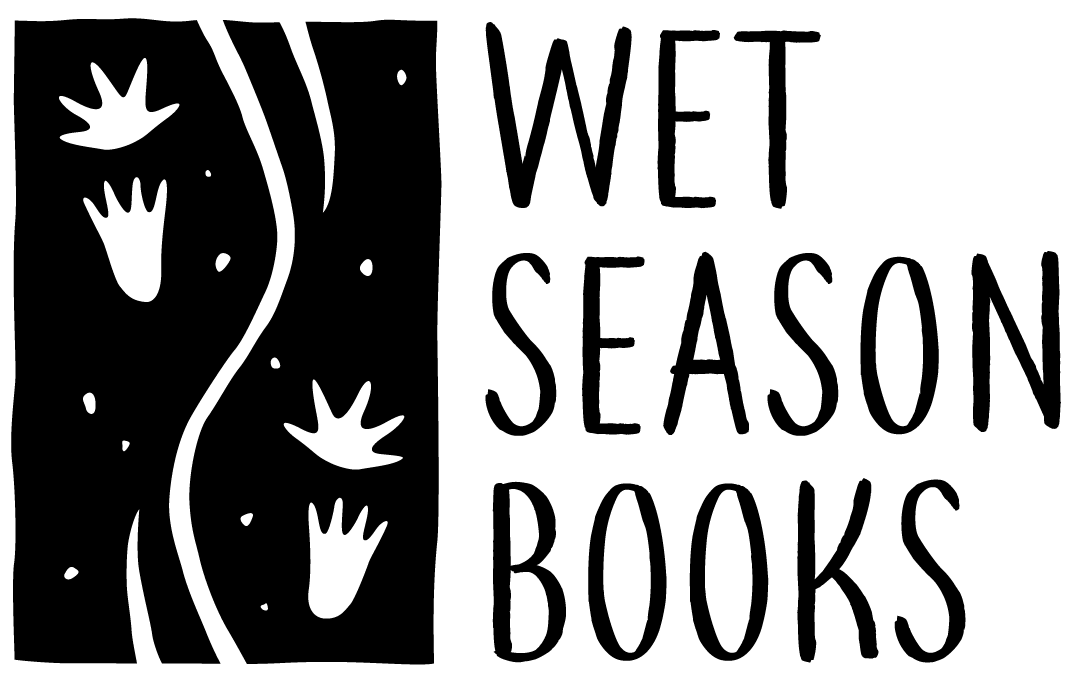
10 bilby facts to share with your class or family this Easter
As super-charged-burrow-builders, bilbies help turn the soil, decompose leaf litter and provide homes for other small animals. They are also a uniquely Australian Easter mascot. Here are 10 bilby facts to share with your class or family this Easter

Why, in Australia, it should be Bilbies not Bunnies this Easter.
I see the bilby as a mascot for all our small ground dwelling mammals, that have disappeared, and are continuing to disappear, from our landscape. It is time we gave them the public profile they deserve. If our children grow up with stories and narratives that foster a connection with our unique wildlife, our native animals will have future advocates. A perfect way to do this is by championing the Easter bilby.
